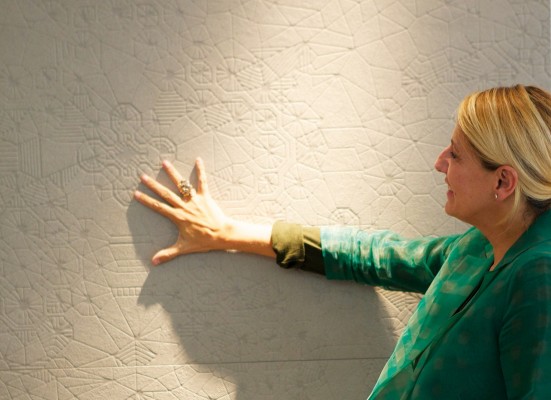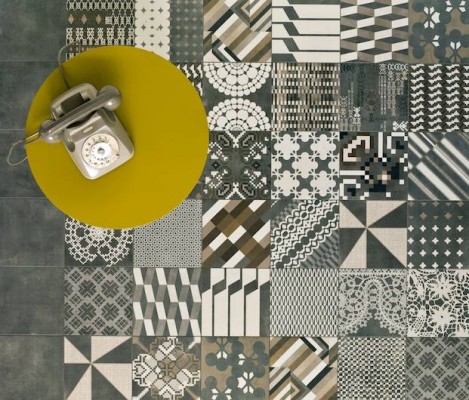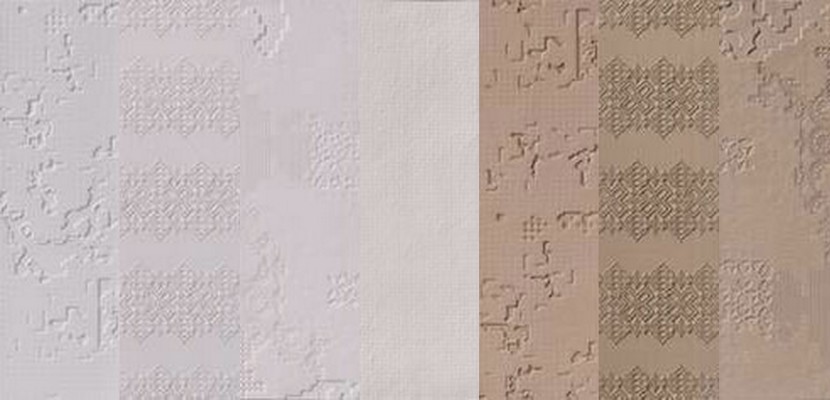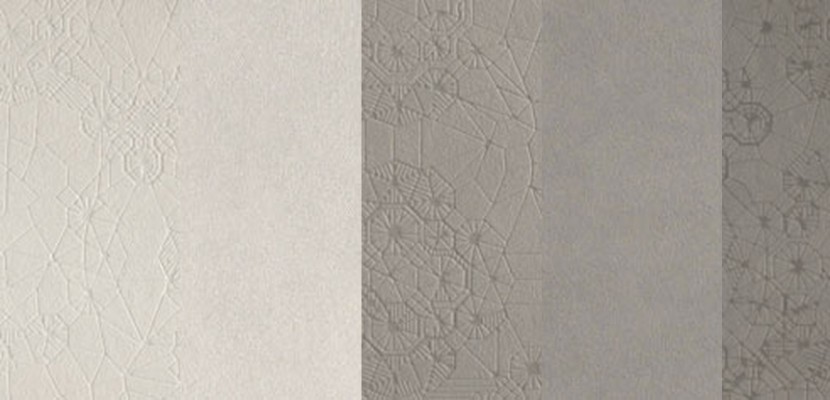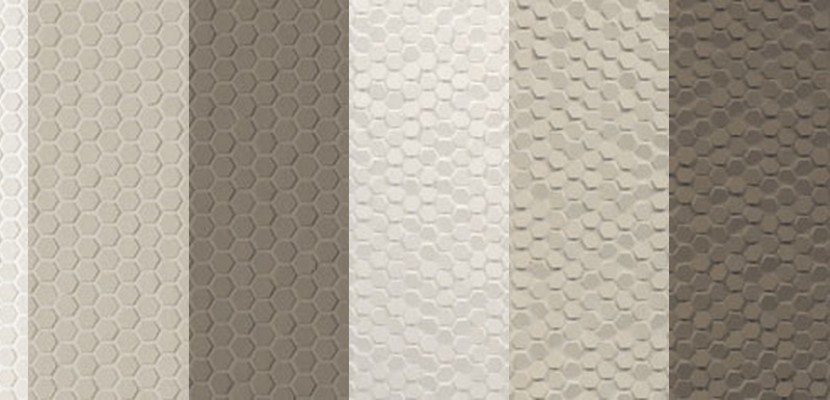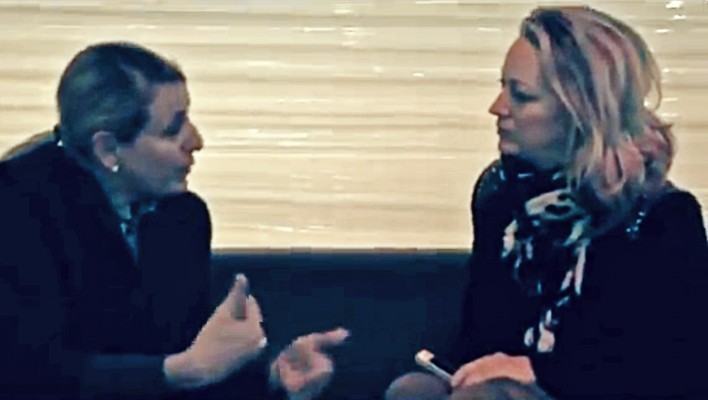Oft fragt man sich, ob im Produkt- oder auch Möbeldesign überhaupt noch neue Dinge erfunden werden können. Gibt es nicht schon Alles? Das Maximal-Talent Patricia Urquiola beweist mit ihren Kollektionen für den jungen Italienischen Fliesenhersteller MUTINA, dass dem nicht so ist.
Erst wollte sie den Auftag gar nicht annehmen und nun entwirft sie nicht nur die schönsten "Fliesen", die es zur Zeit auf dem Markt gibt für MUTINA, sondern ist gleich Art Director des Unternehmens geworden. In dieser Position gestaltet sie nicht nur die Kataloge und Ausstellungen, sondern lädt vor allem namhafte Kollegen - von den Bouroullec-Brothers über Rudolfo Dordoni bis Tokujin Yoshioka - ein das Thema Fliese komplett neu zu denken. Und das bedeutet viel Ungewohntes: neue Formate, matte Oberflächen und dreidimensionale Strukturen. Hier direkt zu den Ansichten
Anlässlich der Ausstellung "a private view", zu der "Die Fliese" im Februar nach München einlud, haben wir die wahnsinnig nette und komplett starallürenfreie Signora Urquiola zu ihrer preisgekrönten Arbeit interviewt. (Hier zum Film des Events)
Regine Geibel: I did a first round trip through the exhibition and what I've seen is really new for me! These tiles are not shiny, they have a special kind of texture and new shapes I love them because they dissociate themselves from the classical impression of hygiene.
Patrizia Urquiola: Yes that's the problem. People think, shininess is more hygienic. Not until I started to work with MUTINA I understood, what tiles really are. MUTINA is a very young company, just six years old. There are working really sensitive people, like Massimo and his father, who worked with tiles before. Now both change the traditional attitude of tiles. They were disgusted from the concepts that were so limited in the world of ceramic tiles. So they've started to design a new product.
How did they start?
First of all they were focused on the material and experimented with natural colours. Because at MUTINA the material creates the tile, not the other way around. So, MUTINA came up with a new technique – which we called "continua", and it is really ecological. The normal process needs a lot of water. When you put the mixture into the oven it normally needs a special kind of protection. We don't use this protection, so you get a product, where all the material is similar, you don't have the "top" and the "inside", like it is normally in ceramic production. We use much less water and all the material we lose in the process, can be reused for the next ones. Not all of the tiles are made like that, but part of the new ones are made in "continua". We aroused a lot of attention with this project; you can find the tiles in many rooms now...
Are the clients going this way with you?
MUTINA got many new interesting clients; they understand it better and better to work with tiles. That gives the whole thing another quality. It is interesting, many things changed in the last three years. Now, opaque surfaces, smooth colours and materials are requested. Designing tiles is a work in which you can easily imitate something, they can look like wood, marble, concrete and so on. It has no limits! We, the designers of MUTINA, believe in ceramics, and are not trying to make ceramics something else.
When MUTINA asked you to design tiles, what was your first thought?
You know, I´m an architect and I love stones, concrete, and raw materials. And as a designer I love colours! So, first of all I didn't like tiles because I thought it is a superficial product. MUTINA waited three years for my decision to work with them. And then, when we started, I thought "oh my god, how many opportunities do I have!" You can do such a lot of new things with tiles. Since then I am in love...
Wer in München die MUTINA-Fliesen anschauen möchte, kann dies bei "Die Fliese" tun.

